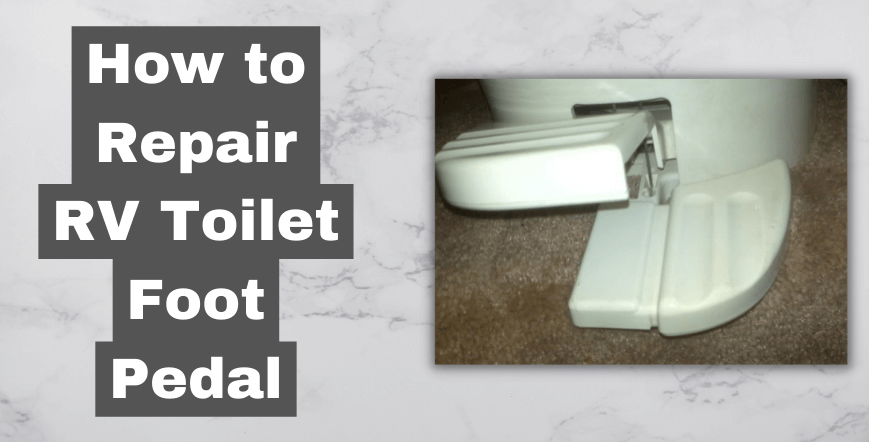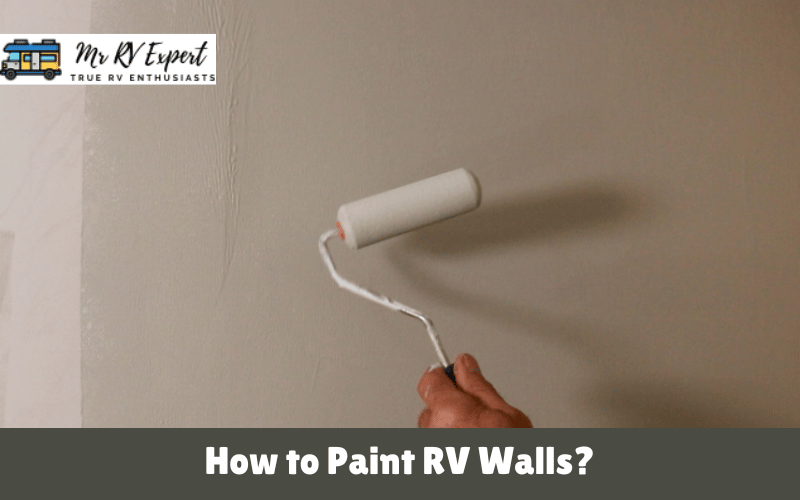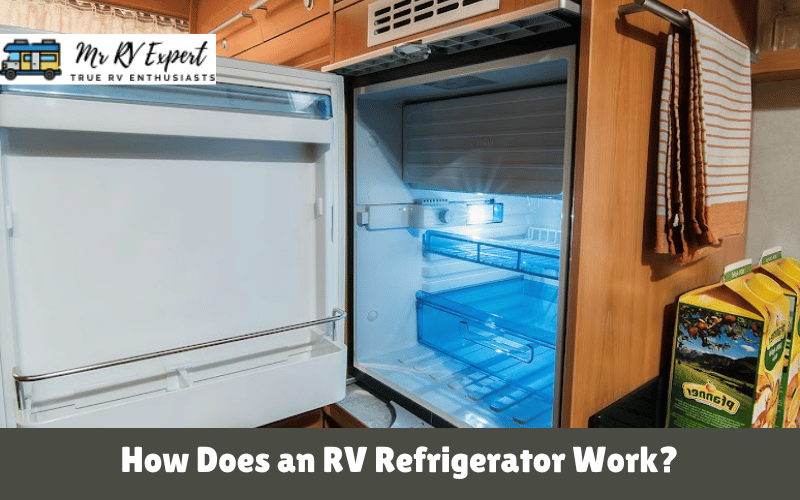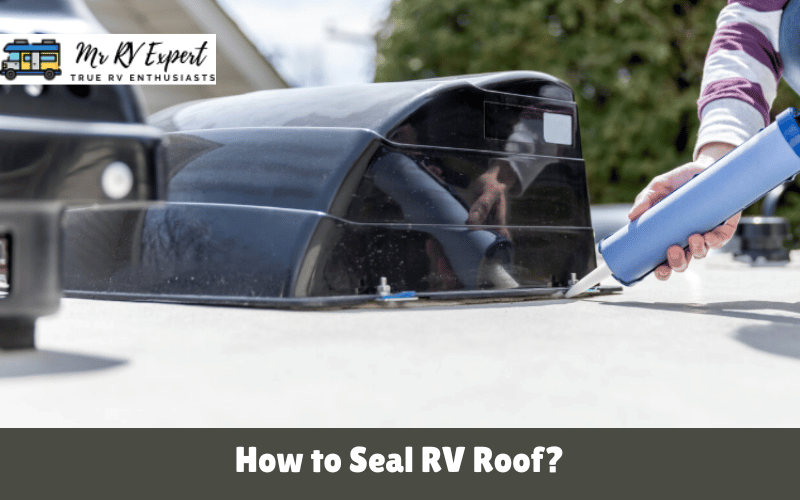The most common cause of leakage in RV toilets is sediment. This happens because of heavy usage during a season. This sediment can lead to a leaky foot pedal. The good news is that you can easily do rv toilet foot pedal repair without a lot of money. By following these steps, you’ll be able to fix your foot pedal and prevent it from leaking again in the future.
Table of Contents
How to Repair RV Toilet Foot Pedal?
Fixing an RV toilet isn’t as difficult as you might think, but you’ll want to turn the water off before you get started. Remember to disconnect the city water supply and turn off the pump before you start working. If the toilet still runs, flush it once to release residual water pressure.
If you are experiencing trouble using your RV toilet, you may be wondering how to repair your foot pedal. Luckily, there are several easy steps you can take to fix your foot pedal. First, you must remove the cover to access the foot pedal. If you cannot remove the cover, use a towel to cover the opening. Next, you must rotate the rv toilet flush pedal. Ideally, it should be oriented upwards.
Replace if faulty
If the foot pedal is faulty, you need to remove it and clean it thoroughly. If the foot pedal is not moving, you can spray it with lubricant. If this does not solve the problem, you can try toilet foot pedal replacement, but make sure that you buy the right replacement part. Some RV manufacturers use cheap parts. For the best results, check with your RV dealer for recommendations.
Debris
A stuck RV toilet foot pedal can also be caused by debris packing around the pedal. Debris can get stuck beneath the foot pedal, resulting in an overflowing bathroom. If the problem persists, you can try applying antifreeze or defrosting the unit. In addition, you can try cleaning the seal with a brush and lubricant to prevent it from sticking.
Follow the instructions in manual
Depending on the brand of RV toilet you have, the replacement process is similar. You’ll need the product manual for the exact instructions. Remember to remove the foot pedal carefully, as forceful action can damage the pedal or the seating. If you have broken the foot pedal section, don’t force it back into place. If the problem is caused by a broken part, reattach it with super glue or Gorilla glue.
Lubricate in case of rusting
Rust is another common problem for RV toilets. Not only can it happen on the foot pedal itself, but it can also happen on the valve or spray. These parts can corrode with time, and it is necessary to lubricate them to prevent rust. Additionally, RV toilets will experience a variety of other problems, including road vibrations. Therefore, it is essential to keep an eye out for any leaks in your RV toilets.
How to Repair an RV Toilet?
Before you attempt to repair the toilet, turn off the water supply valve and the water pump. Then, disconnect the water line from the toilet. You can remove the decorative cover by unscrewing the flange bolts with a half-inch wrench. Next, clean the small mesh net on the back of the toilet. Minerals and other matter can build up there, blocking water flow. After cleaning, install the new water valve and tighten the nuts again.
Before attempting to fix an RV toilet, make sure the drain and black tank are empty. This will allow you to access the plumbing beneath the toilet. You’ll need to remove the old flange seal. This is usually located underneath the toilet and can be loosened with an adjustable wrench.
If the leak is coming, you can tighten the nuts at the base to prevent it from overflowing. If the black water is coming from the black tank, the flange seal may need to be replaced. Depending on your toilet model, it may be possible to tighten the nut and prevent the water from leaking.
Summing up:
An RV toilet foot pedal is important to the operation of the RV toilet. If it has a broken foot pedal, it means that its flange seal is damaged. This seal won’t adhere properly to the toilet and will not work properly. It’s a very important part of the toilet because it prevents water from running into the tank.
Changing or repairing the foot pedal on your RV toilet is easy and affordable. Just follow the manufacturer’s instructions to make sure you’re using the right tools. You can even do it yourself if you’re handy. A broken foot pedal will prevent you from using the toilet, and it can even cause leakage.
RV toilets use different kinds of antifreeze than traditional toilets. This means that they’re at a greater risk of breaking during the winter. Fortunately, RV toilet foot pedals are relatively durable, but they can be broken in cold weather. If you’ve had a leak, you can use a lubricant on the metal plunger, which helps it stay in place.









